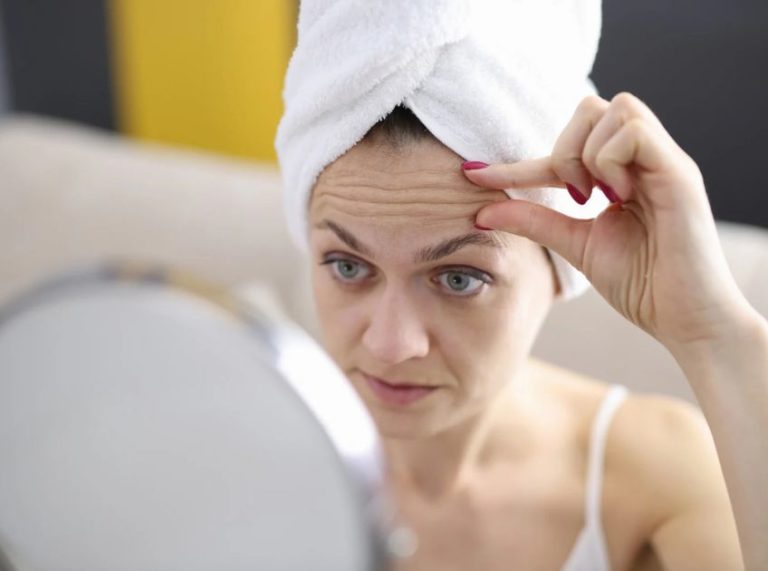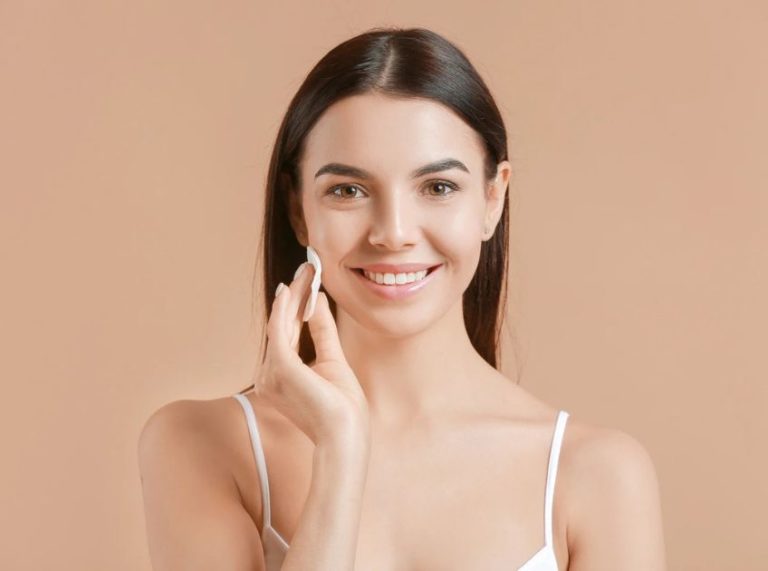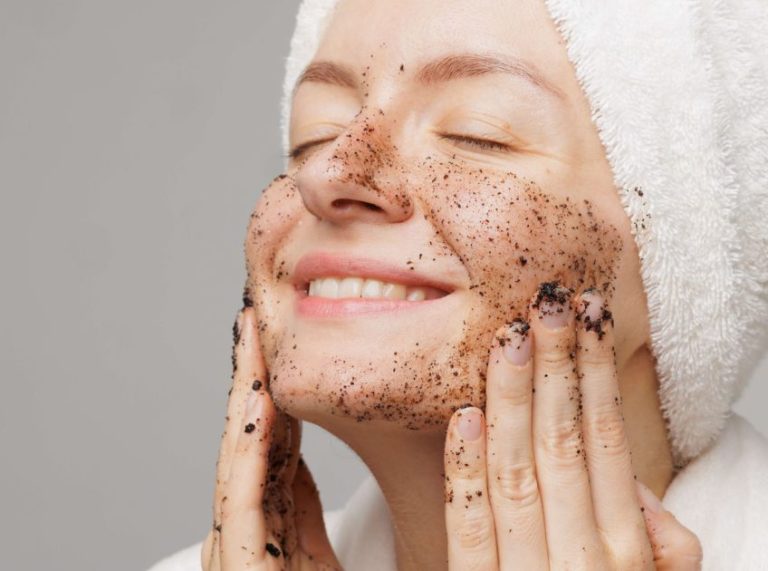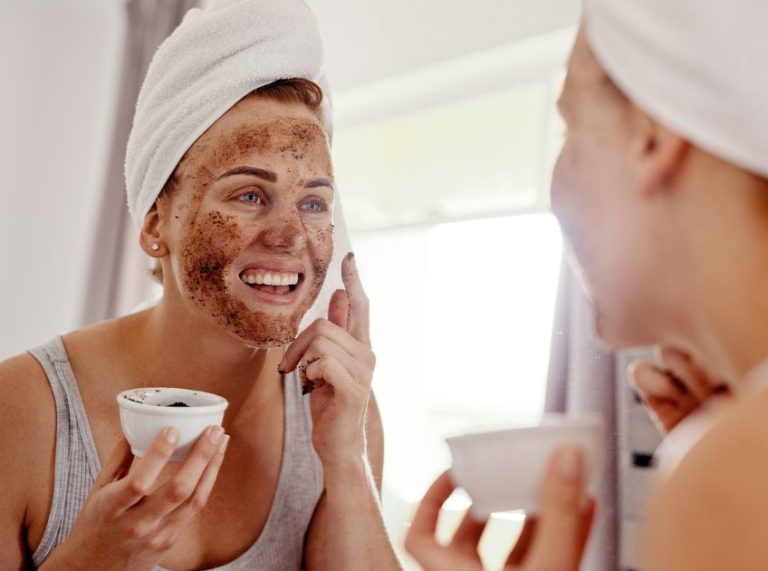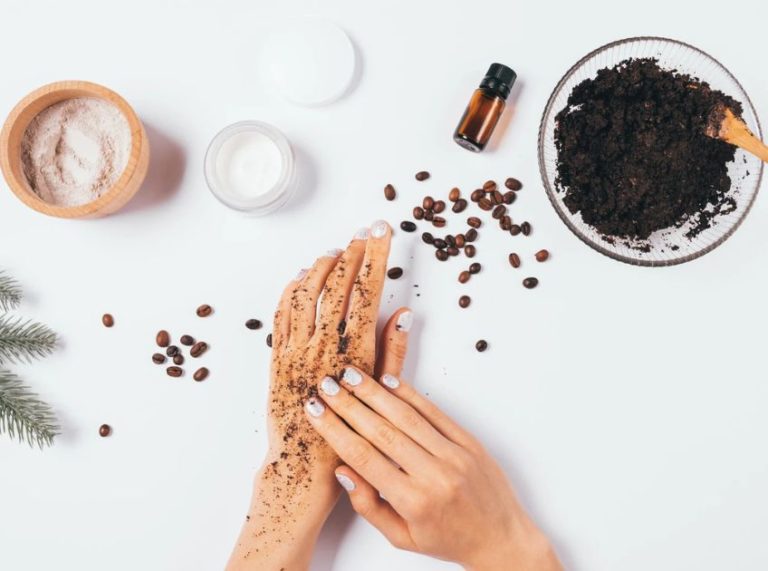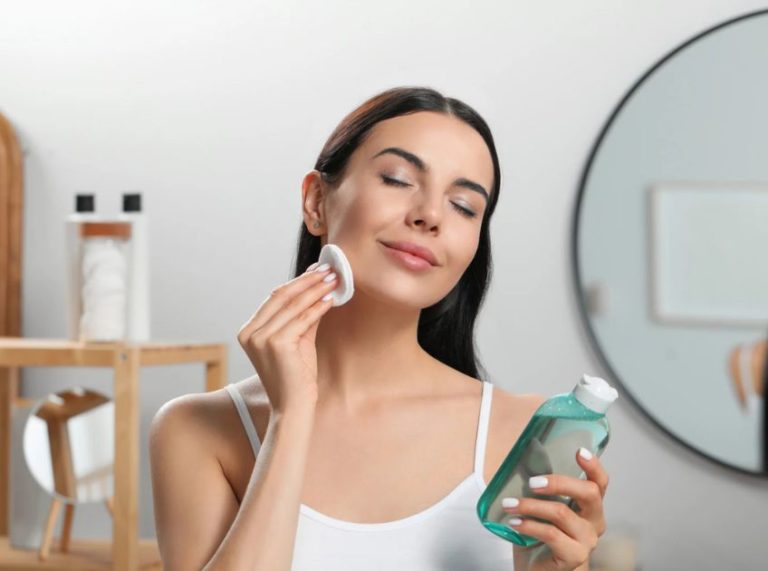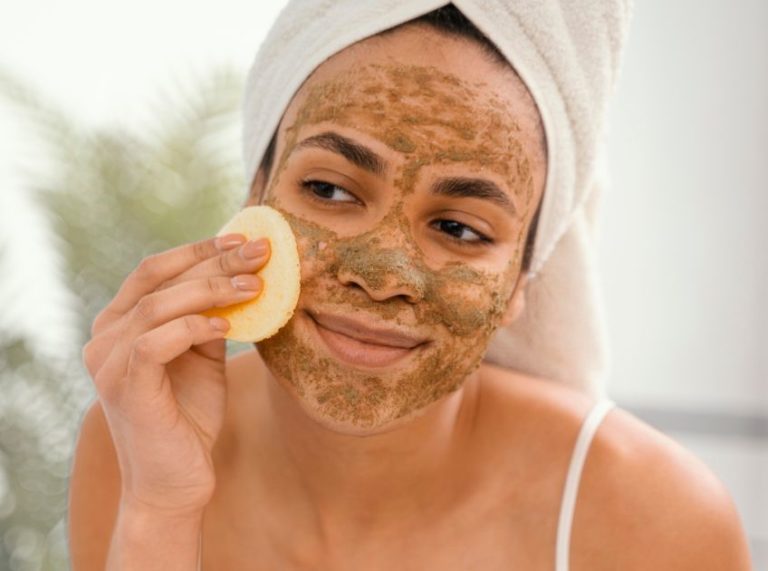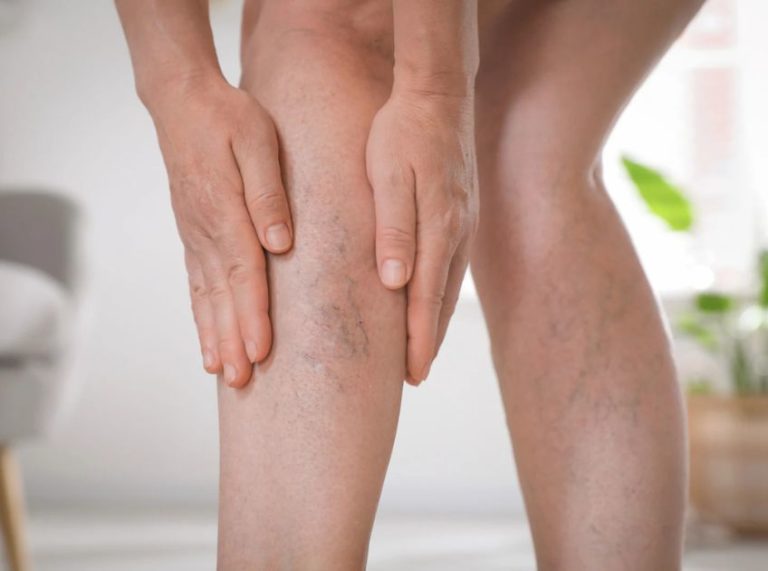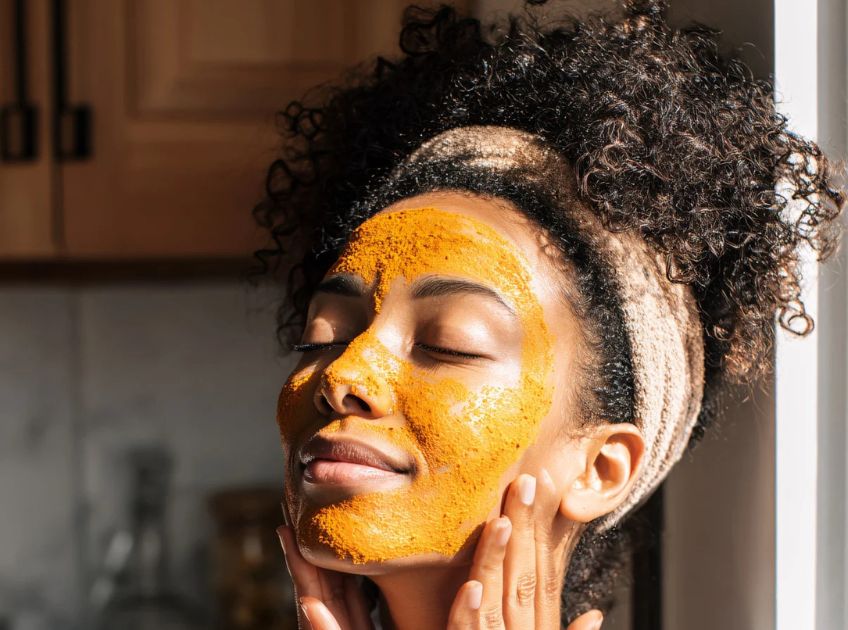
Important: This article is for informational purposes only. Please read our full disclaimer for more details.
Sensitive skin can be tricky—it reacts quickly to harsh chemicals, scrubs, or even weather changes. That’s why choosing natural remedies that are soothing yet effective is essential. Exfoliation is one of the most important steps in skincare, but traditional scrubs can sometimes irritate delicate skin. The good news? A homemade turmeric exfoliator offers a safe, calming, and skin-brightening alternative.
The Importance of Exfoliation for Healthy Skin
Exfoliation is the process of removing dead skin cells from the surface of your skin. For sensitive skin types, exfoliation needs to be especially gentle, since overly abrasive scrubs can trigger redness, dryness, or breakouts.
When done correctly, exfoliation offers:
- A smoother texture by sloughing off dead skin.
- Improved absorption of moisturizers and serums.
- Brighter complexion, since dull skin layers are removed.
- Reduced chances of clogged pores, which can cause acne.
Dermatologists often recommend mild exfoliation once or twice per week for sensitive skin. Using natural ingredients like turmeric and oats ensures exfoliation that is both safe and nourishing.
Why Turmeric Deserves a Spot in Your Skincare Routine
Turmeric, also known as Curcuma longa, has been a staple in Ayurvedic medicine and traditional skincare for centuries. Its main active compound, curcumin, gives it powerful anti-inflammatory and antioxidant properties.
Here’s why turmeric is beneficial for sensitive skin:
- Anti-inflammatory effects: Calms redness, irritation, and flare-ups.
- Antimicrobial properties: Helps prevent acne-causing bacteria from thriving.
- Brightening effect: Regular use can reduce pigmentation and uneven skin tone.
- Antioxidant benefits: Protects skin cells from damage caused by pollution and UV rays.
Research published in the Journal of Clinical and Aesthetic Dermatology (2016) highlighted turmeric’s effectiveness in treating skin conditions like acne, psoriasis, and hyperpigmentation, confirming its therapeutic value in skincare (1)(2).
How to Exfoliate Sensitive Skin Safely
Sensitive skin requires a “less is more” approach. Overdoing exfoliation can strip away natural oils and compromise the skin barrier. Here’s how to exfoliate correctly:
- Start with a clean face: Use a mild, fragrance-free cleanser.
- Apply a gentle exfoliator: Choose natural, non-abrasive ingredients like oats, rice flour, or turmeric.
- Use light pressure: Massage the exfoliator with your fingertips in circular motions for no more than 1–2 minutes.
- Rinse with lukewarm water: Avoid hot water, which can dry and irritate skin.
- Moisturize immediately: Use a soothing moisturizer with aloe vera, shea butter, or hyaluronic acid to lock in hydration.
- Limit frequency: Once a week is usually enough for sensitive skin.
A Homemade Turmeric Exfoliator Recipe for Sensitive Skin
This simple recipe uses soothing and nourishing ingredients to exfoliate gently without irritating.
Ingredients
- 1 tablespoon turmeric powder (organic, pure)
- 2 tablespoons oat flour (or finely ground oats)
- 1 tablespoon honey (raw, unprocessed)
- 1–2 teaspoons milk or rose water (to adjust consistency)
Instructions
- Combine turmeric powder and oat flour in a small bowl.
- Add honey and mix well.
- Slowly add milk or rose water until you achieve a paste-like consistency.
- Apply the scrub evenly to your face, avoiding the eye area.
- Massage gently in circular motions for 1–2 minutes.
- Leave on as a mask for another 5 minutes for extra brightening.
- Rinse off with lukewarm water and pat dry.
- Follow up with a fragrance-free moisturizer.
Why this works
- Turmeric calms irritation and brightens skin.
- Oats act as a soothing, gentle exfoliant ideal for sensitive skin.
- Honey provides natural antibacterial protection and hydration.
- Milk/Rose water softens skin and helps bind the ingredients.
Backed by Science: Why This Combo Works
- A 2018 review in the Nutrients Journal emphasized honey’s wound-healing and antimicrobial properties, making it ideal for acne-prone and sensitive skin (3).
- Oats have been studied in dermatology for their skin-soothing and barrier-strengthening effects. Colloidal oatmeal is an FDA-approved treatment for eczema due to its calming properties (4)(5).
- Combining turmeric, oats, and honey creates a synergy: exfoliation, hydration, and anti-inflammatory care all in one.
Frequently Asked Questions (FAQ’S)
1. Will turmeric stain my skin?
A. Turmeric may leave a slight yellow tint, but this usually fades after washing. Using small amounts and mixing with oats or honey reduces staining.
2. How often should I use a turmeric exfoliator?
A. For sensitive skin, once a week is recommended. Over-exfoliation can irritate delicate skin.
3. Can I use this if I have active acne?
A. Yes, turmeric and honey have antibacterial properties, but avoid scrubbing harshly over inflamed pimples. Instead, apply gently as a mask.
A homemade turmeric exfoliator is a gentle yet effective way to care for sensitive skin. By combining turmeric with soothing ingredients like oats, honey, and milk, you can exfoliate without irritation while gaining added benefits like reduced redness, brighter skin, and protection from environmental stressors. While natural remedies require consistency and patience, their long-term skin health benefits are well worth it. For persistent skin issues or severe sensitivity, always consult a dermatologist for professional advice.
